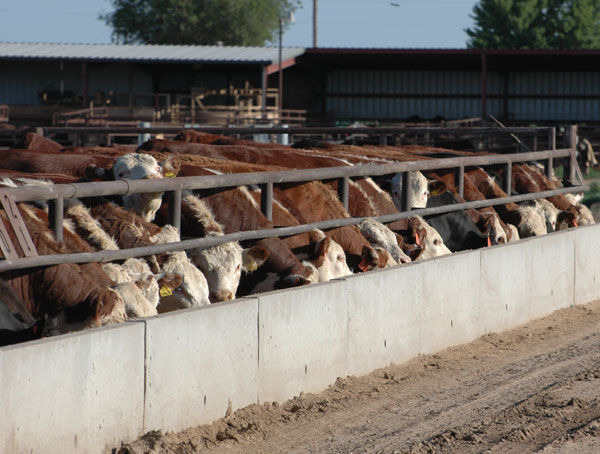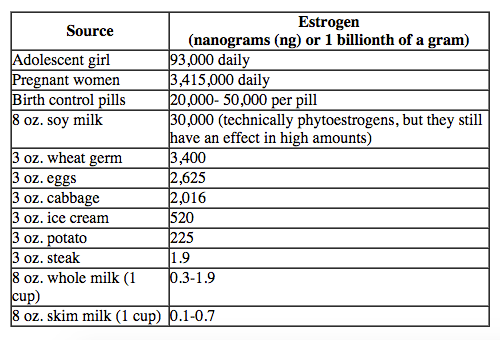February 25, 2015

One of the biggest misconceptions that continue to plague the beef industry is the concern regarding hormones in beef.
While hormones are naturally occurring in both people and the foods we eat, an increase in early onset puberty (before age 8 in girls and age 9 in boys) has many parents worried and looking for the culprit. Beef is drawing scrutiny from some parents, but this association isn’t based on facts.
I did some online research and found that health sites generally point to these factors as increasing a child’s risk of precocious puberty:
• “Being a girl. Girls are much more likely to develop precocious puberty.
• “Being African-American. Precocious puberty affects African-Americans more often than children of other races.
• “Being obese. If your daughter is significantly overweight, she has a higher risk of developing precocious puberty.
• “Being exposed to sex hormones. Coming in contact with an estrogen or testosterone cream or ointment, or other substances that contain these hormones (such as an adult's medication or dietary supplements), can increase your child's risk of developing precocious puberty.
• “Having other medical conditions. Precocious puberty may be a complication of McCune-Albright syndrome or congenital adrenal hyperplasia — conditions that involve abnormal production of the male hormones (androgens). In rare cases, precocious puberty may also be associated with hypothyroidism.
• “Having received radiation therapy of the central nervous system. Radiation treatment for tumors, leukemia or other conditions can increase the risk of precocious puberty.”
Subscribe now to Cow-Calf Weekly to get the latest industry research and information in your inbox every Friday!
Beyond precocious puberty, it is generally acknowledged that children are reaching puberty earlier today, most likely due to better health care and nutrition. Here is some food for thought about hormones in foods worth sharing on social media today.
A steak vs. a potato -- which one has more hormones? Allen Young, Utah State University Extension dairy specialist and associate professor, developed a graphic that illustrates the estrogen present in a variety of foods.
Young writes, “Hormones and their relationship to food are a hot topic today. In addition to the hormones your body makes, there are other sources of hormones. Animals and plants produce hormones naturally, so we eat hormones in our food all the time, but the amounts we take in are low compared to what our bodies produce naturally. Let’s use estrogen as an example.”
The table below shows that a 3-ounce serving of a potato has 225 nanograms (ng) of estrogen, whereas a 3-ounce serving of a steak only has 1.9 ng of estrogen. For comparison, the average adolescent girl has 93,000 ng of estrogen present. It’s doubtful a steak is going to disrupt her hormones and cause her to reach puberty at an early stage.

In addition to the table above, I’ve rounded up five resources to “beef” up your knowledge on hormones and beef that would be good to share with consumers as well.
1. Confusion about GMOs & hormones in milk & meat leads to advocacy moment
2. A visual to add to your arsenal about hormones and beef
3. What price does the world pay for shunning technology?
4. When it comes to technology, should we educate or eliminate?
5. Beef headlines: Chipotle, ex-vegetarians, antibiotics & hormones
In your opinion, what is the best way to address consumer concerns about hormones and beef? Share your thoughts in the comments section below.
The opinions of Amanda Radke are not necessarily those of Beefmagazine.com or the Penton Farm Progress Group.
You might also like:
100 biggest seedstock producers in the U.S.
4 shots at explaining an unexplainable cattle market
Save some time! Bale grazing lets cows feed themselves
You May Also Like



